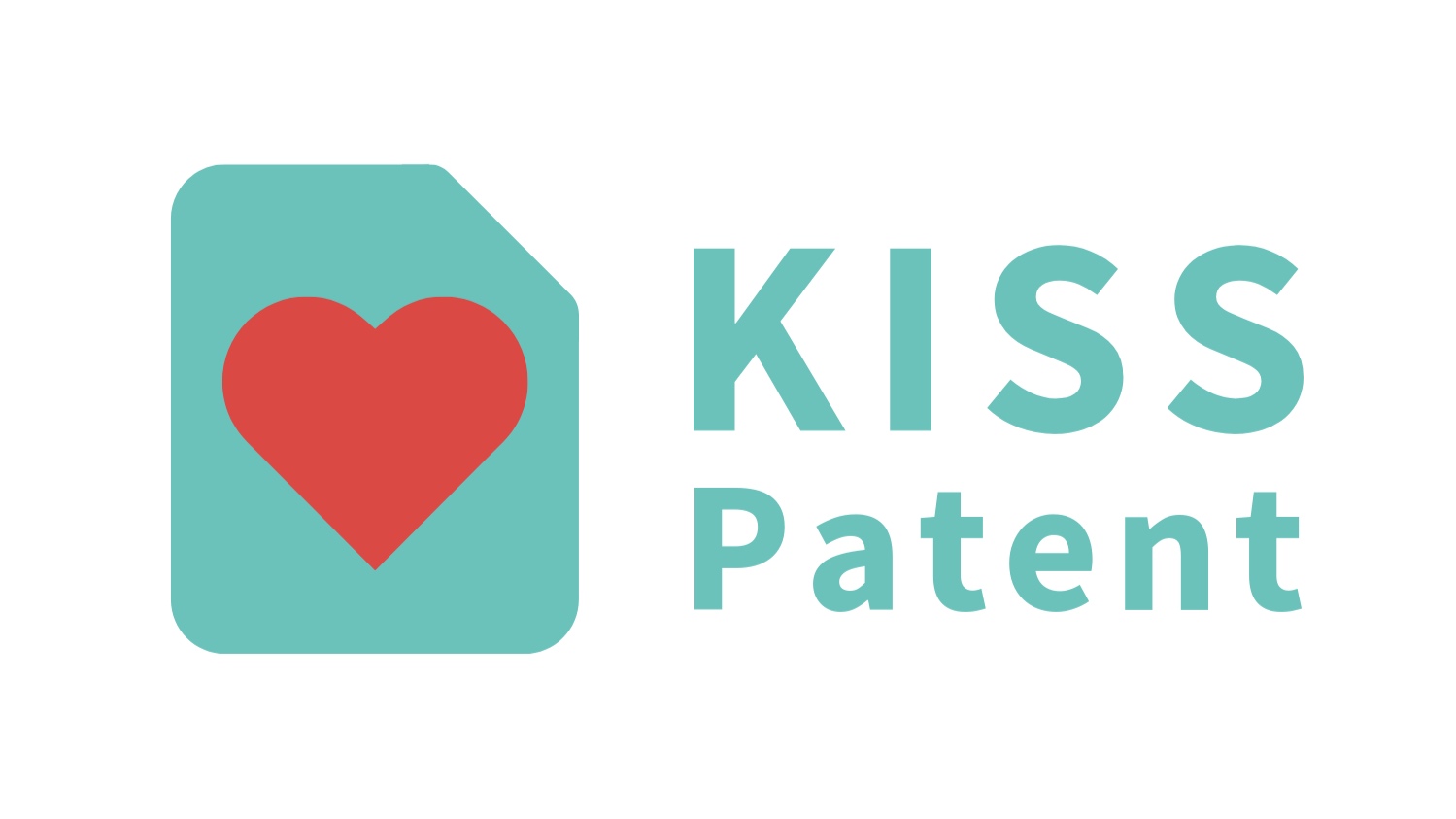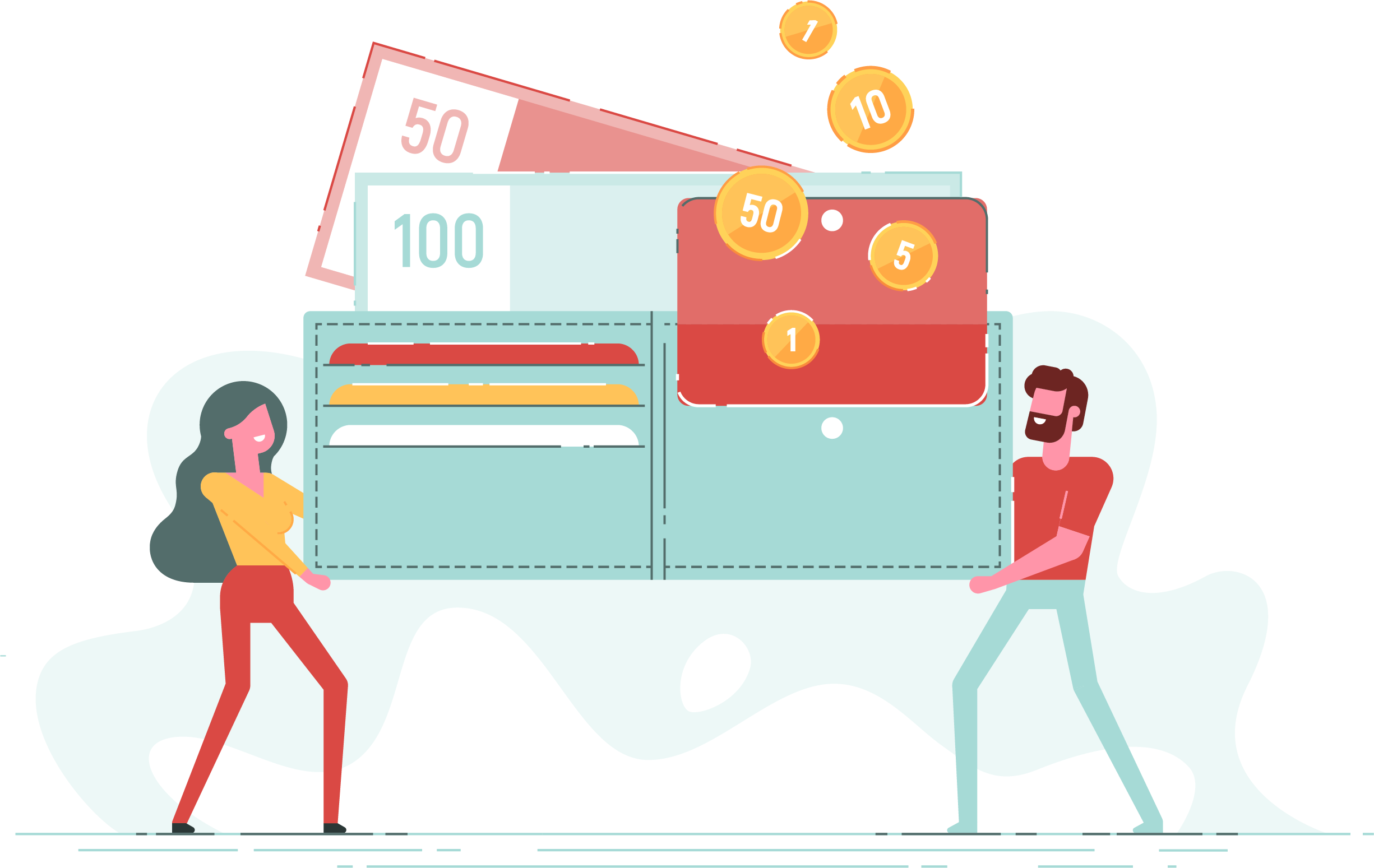We recently attended Startupfest in Montreal and had a great time learning about the startup scene in Canada. We even had the opportunity to learn about how startups can go beyond traditional venture capital funding and leverage their niche.
Another fascinating talk that we attended dealt with one of our favorite topics: technology tools and their consequences. Whether you realize it or not, you interact with a product designer’s vision on a daily basis. If you’ve ever “liked” a photo on Instagram, or reacted with an angry emoji on Facebook, then you’ve interacted with a product designer’s vision. And, it’s also inevitable that you’ve used a hashtag before to categorize your latest Instagram post or find like-minded individuals on Twitter.
Remember life on the internet without the #hashtag? While we may take for granted the hashtag’s ubiquity, there’s an actual human behind the internet sensation: Chris Messina. At Startupfest in Montreal, Chris opened by reminding us of the power of designing tools like the hashtag — think of the famous hashtags that brought together humans worldwide around movements like Black Lives Matter, Me Too, and the Arab Spring. While technology tools have the potential for bringing humans together, as they replace our day-to-day interactions with others, there are also negative consequences.
Want your technology to become a household name or an everyday use product?
Take our short survey to find out what type of intellectual property is right for your idea!
Think of the simple act of “liking” a post on Facebook. Selecting the “like” button shows others that you enjoy the post. Simple enough, right? However, if we take a step back and think about all of the complexity that could be buried in the simple act of liking a post, then the discussion becomes more robust. For example, a user could engage with a post because it is a performative act (i.e the user wants to show friends that s/he liked the post)...or, the user may like the post ironically. The point of this exercise: human interactions are far more complex than the technological tools with which humans can engage. A “like” button cannot encompass the range of human emotion.
Or, take the example of a smiling emoji. Notice the difference in design depending on your platform/tool of use:
Even when it comes to emojis, humans could be misinterpreting the meaning based on the design
Source: Grouplens
Humans could be misinterpreting the same exact emoji, depending on design (which may not coincide with the original intent of the sender).
But, why does it matter? Chris argues that humans are now craving social technology that gives us security and comfort, but designers need to create tools with emotional intelligence. That means understanding the range of human emotions and reactions — and taking these emotions into account when designing tools for technology products.
It’s expected that in 10 years, the entire world will be connected to the internet. As humans begin to replace interactions with technology, designers should consider the unintended impact of what may seem like a simple design function for a platform.
Do you agree with the argument that designers need to account for human needs? We want to hear your thoughts on the controversial topic! And, if you’re interested in learning more about creating the best possible products, check out our Learning Hub for tips and tricks on how to successfully build products that matter.
Wondering if your idea is patentable? Have a question about this article? We can answer all of your questions — just hit "contact us" down below!































